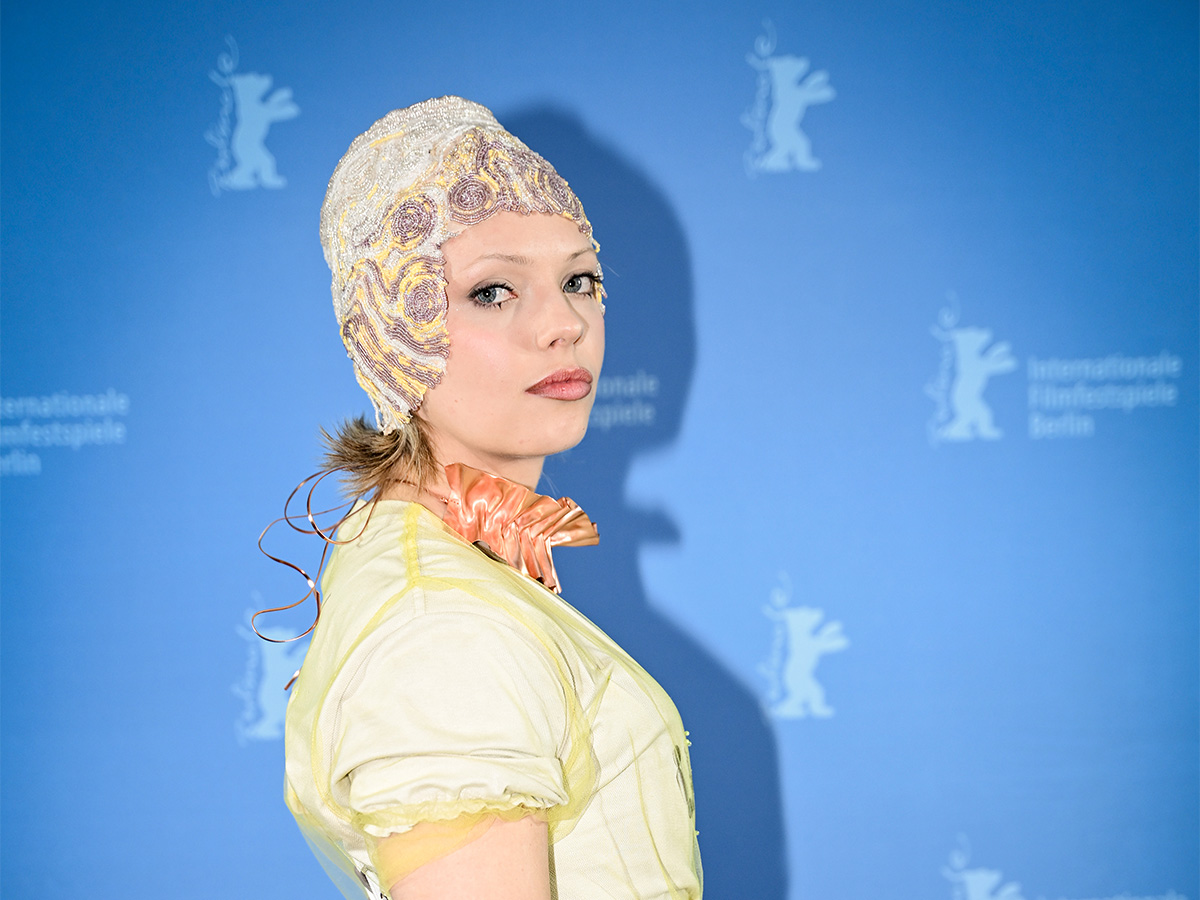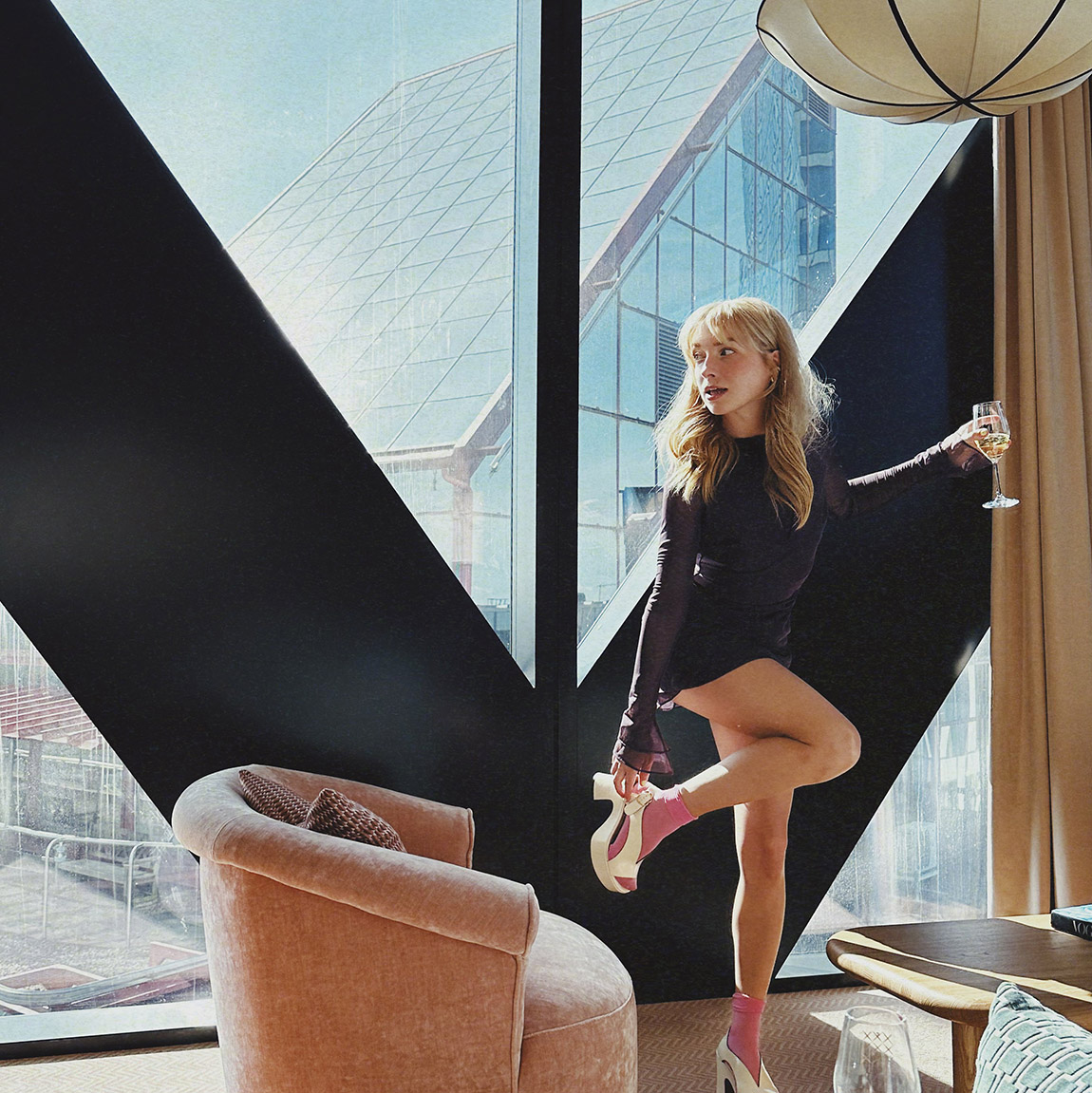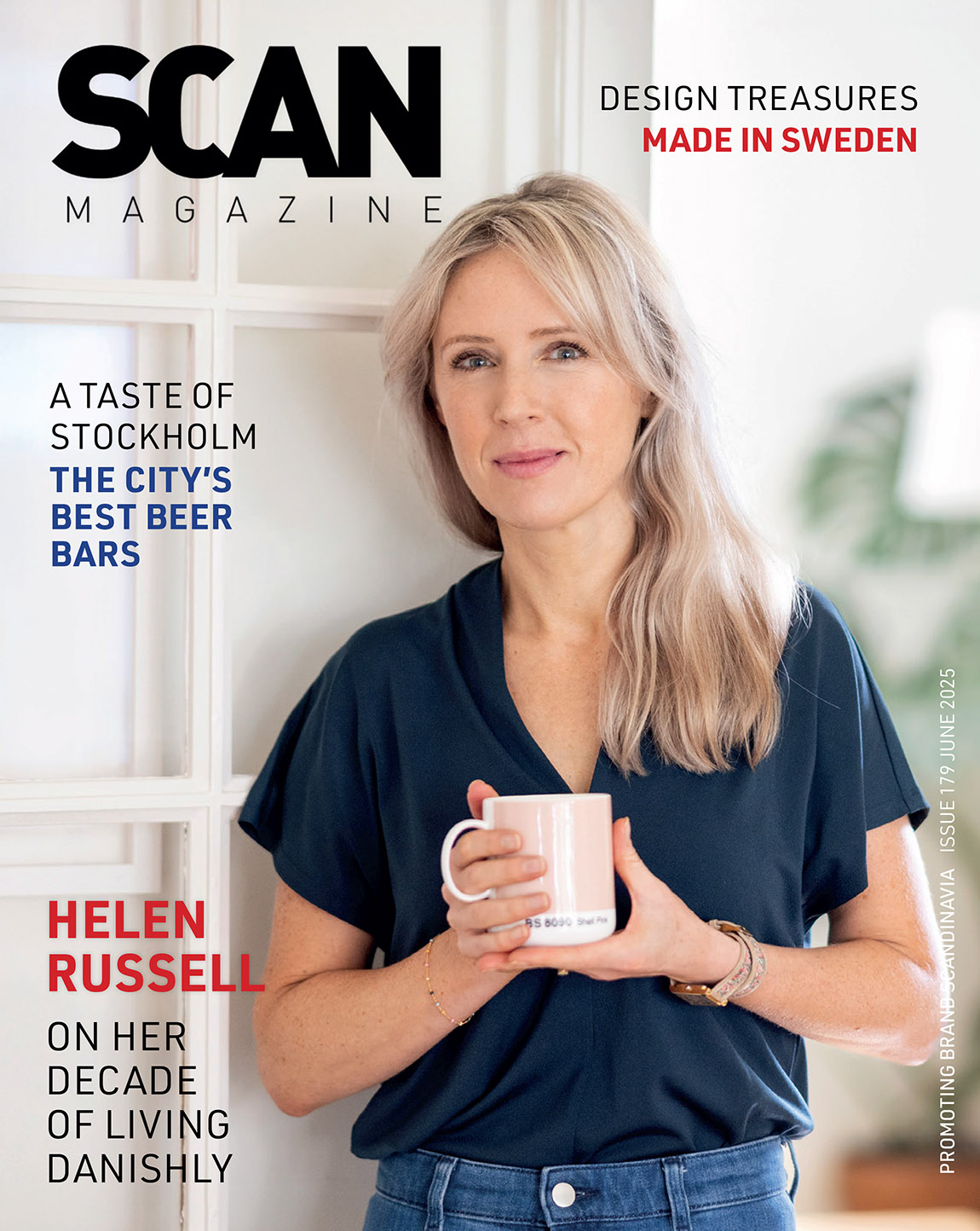Together in Lisbon: World Architecture Festival 2022
By Lena Hunter
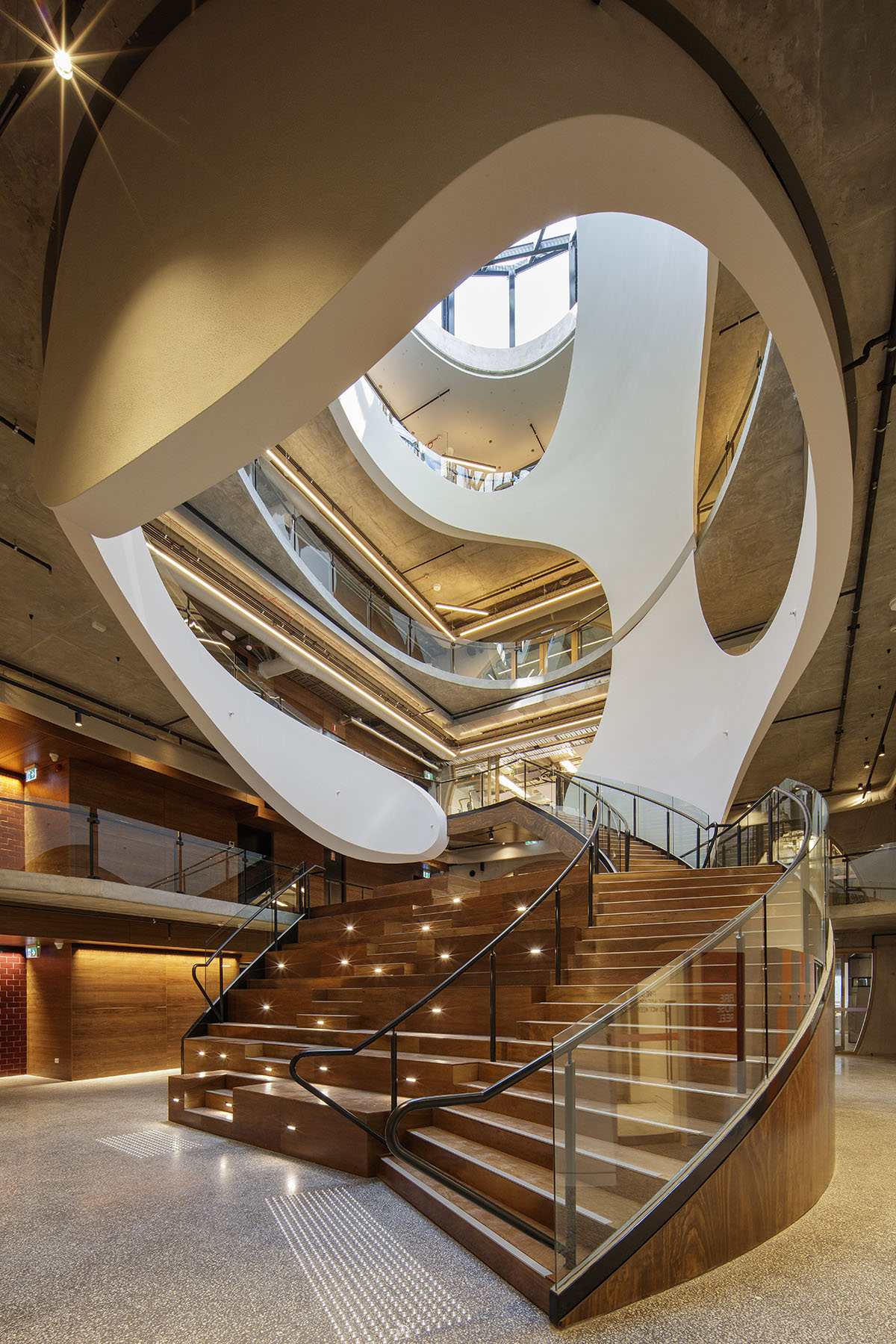
Photo: John Gollings
The 2022 World Architecture Festival (WAF) and INSIDE World Festival of Interiors will take place at the FIL exhibition centre, Lisbon, on the 30 November – 2 December. WAF is the world’s largest annual, international, live architectural event – where the global architecture community meets to celebrate, learn, exchange and be inspired. The festival comprises a thematic conference, an exhibition area, networking and social events, while at its heart is a vibrant awards programme dedicated to celebrating architectural excellence via live presentations to an audience of high-profile delegates and international juries.
The theme for the 2022 edition of the festival is ‘Together’. For three days, as part of a live events programme, an international panel of speakers will explore and debate how architecture is responding to the renewal of collective life post-pandemic, and in the light of commitments to combatting climate change.
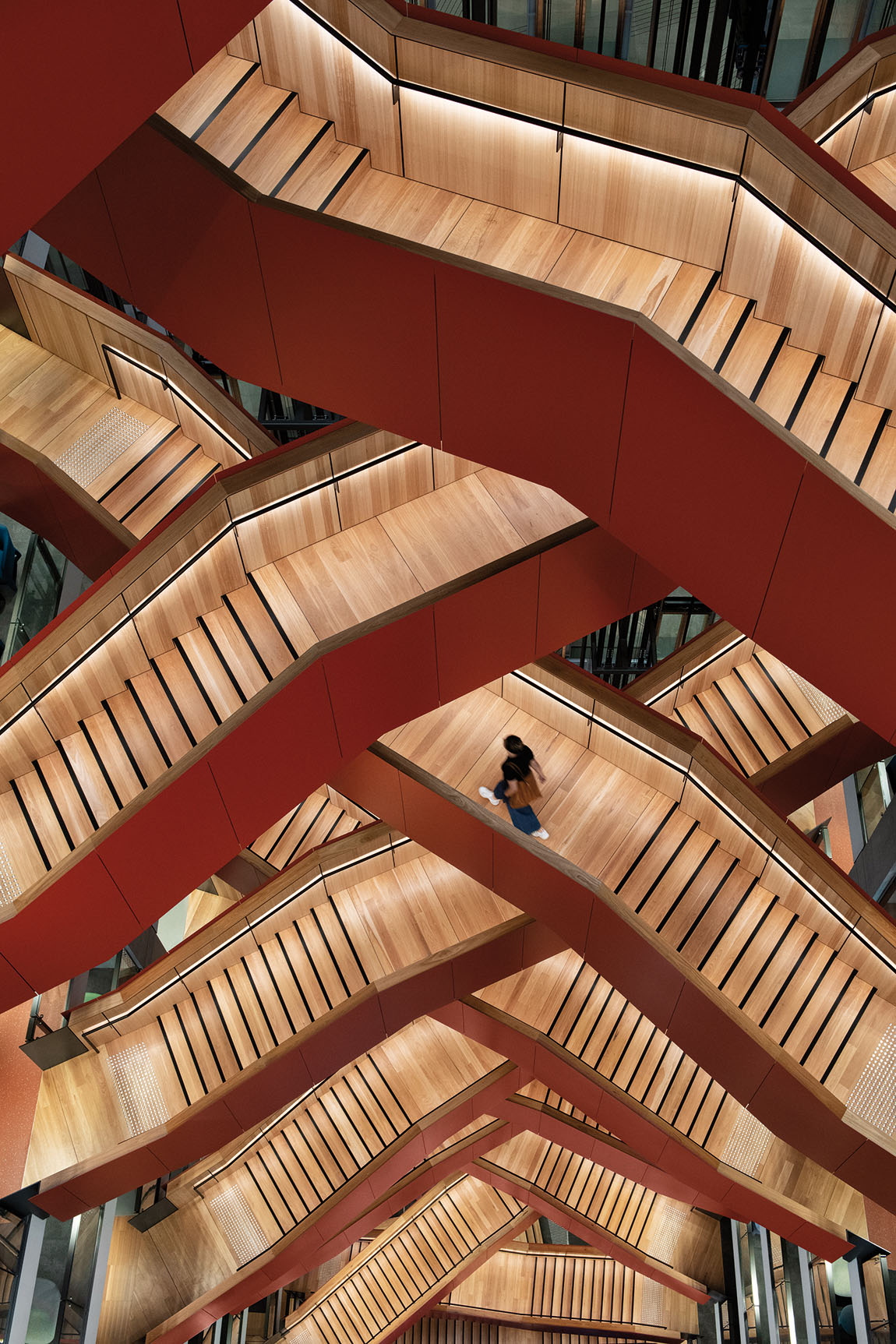
NAB 3 Parramatta Square by Woods Bagot Sydney, Australia. Photo: Nicole England
“The past two editions of WAF have been digital, so this will be the first time that we’ve been together for a live event for three years. There’s a different dynamic with a live event, and we wanted this year’s theme to reflect that idea of physical togetherness,” says programme director Paul Finch.
The theme has implications for the architecture and urban design of proximity, on many different scales. “Two people sitting in a restaurant are together, but so are thousands in a cathedral. Architecture in its broadest sense also encompasses city making. Meanwhile, ‘Together’ touches on a wealth of social situations and the extent to which climate change unites us. It’s a theme that will hopefully lead to some creative conversations.”
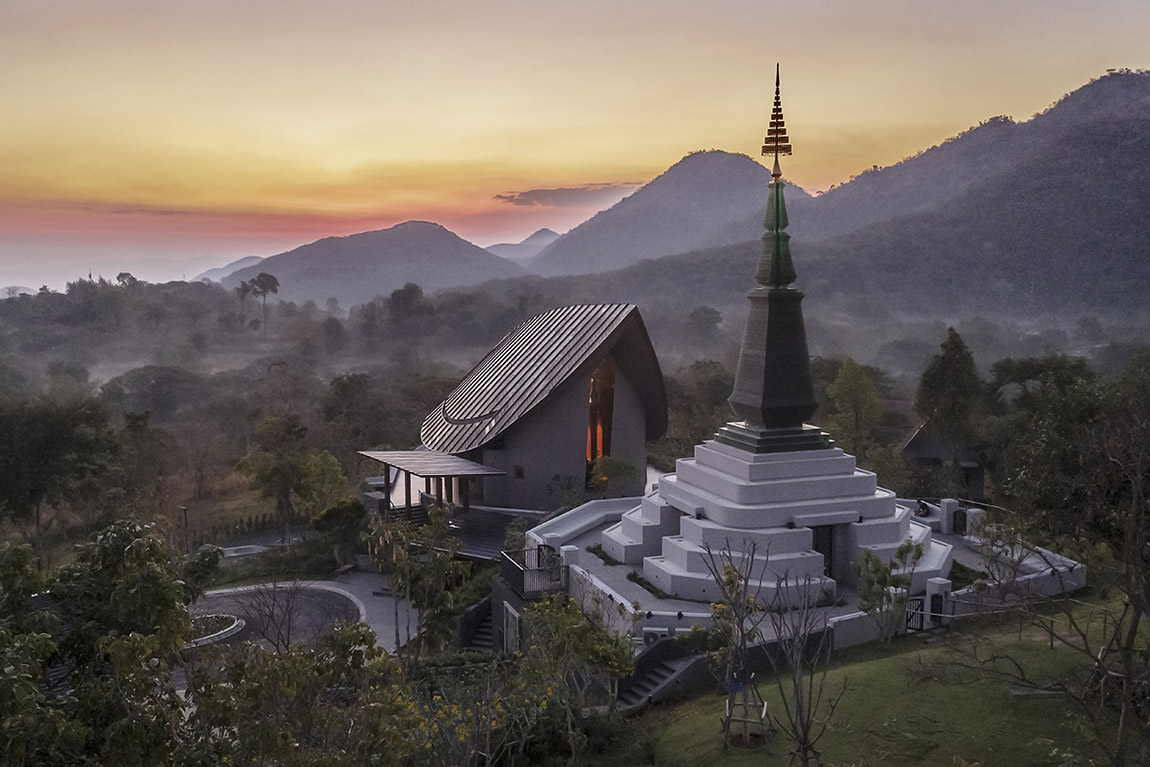
SASIPAWAN WISDOM CENTER by Architects 49 Limited Nakhon Ratchasima, Thailand. Photo: Krisda Boonchaleow
It will be the first time that WAF has been hosted in Lisbon, following previous editions in Amsterdam, Barcelona, Singapore and Berlin. “Lisbon has become a cultural hub in recent years. The Lisbon Trienal is very specific evidence of that,” says Finch. “It has a very respectable environmental strategy for the city; it was awarded the European Green Capital Award for 2020. Then, of course, it’s got great architecture, old and new.”
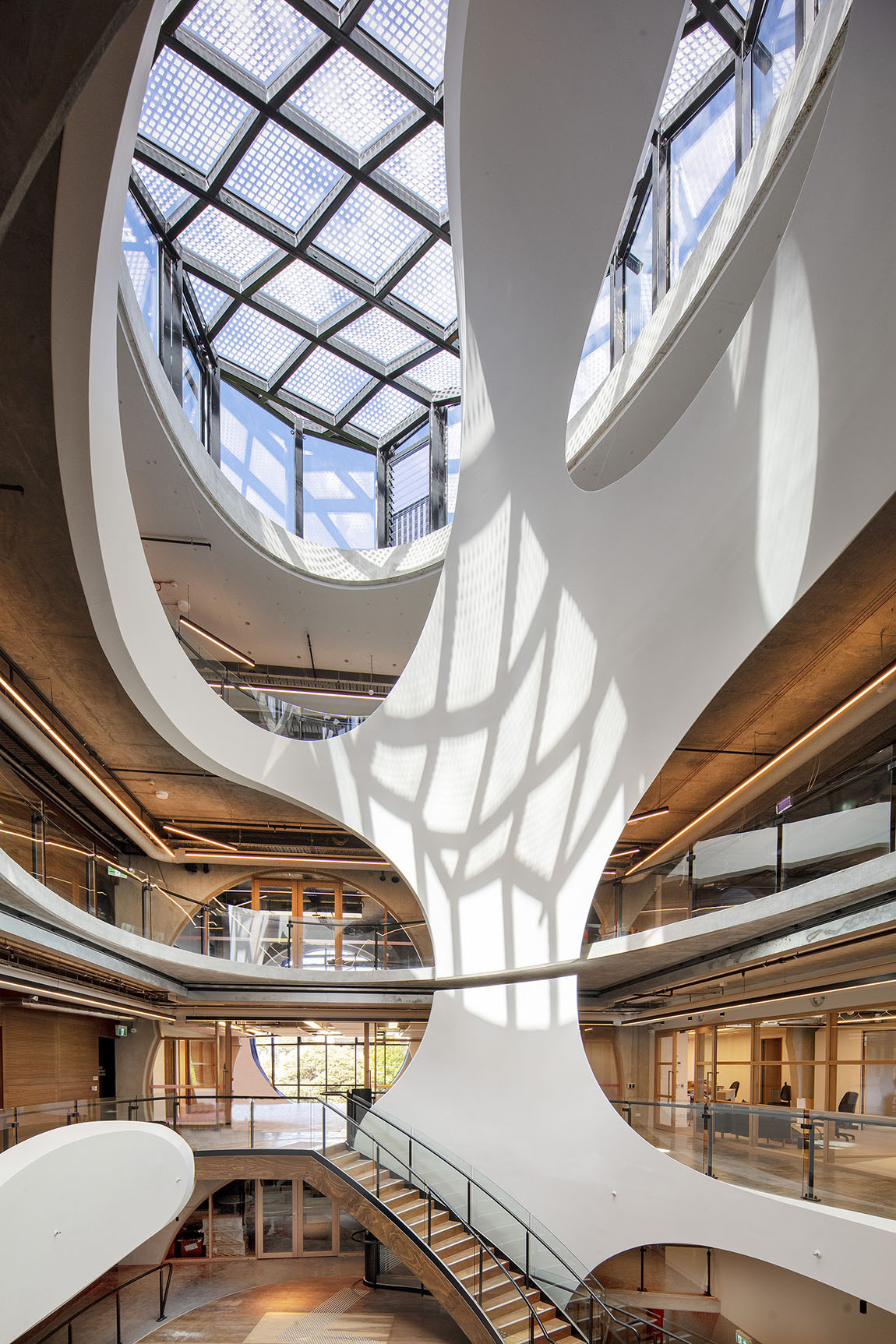
Victorian Pride Centre by BAU Brearley Architects+Urbanists and GAA Grant Amon Architects Melbourne, Australia. Photo: John Gollings
The sustainability agenda
While there have always been concerns in the architectural community about economy of means – a general disposition to be frugal with materials and to consider energy costs – the past 15 years have seen sustainability become a central tenet of WAF.
“There has been more of a focus in the last five years on the carbon cost of building something in the first place, as well as environmental performance and quality. That has been matched, in some parts of the world, by an increased focus on social responsibility towards indigenous communities and cultures. Architects are taking that on board as part of a broader sustainability brief,” says Finch. “As such, we don’t have a sustainability prize. We expect that approach to be integrated into the better entries.”
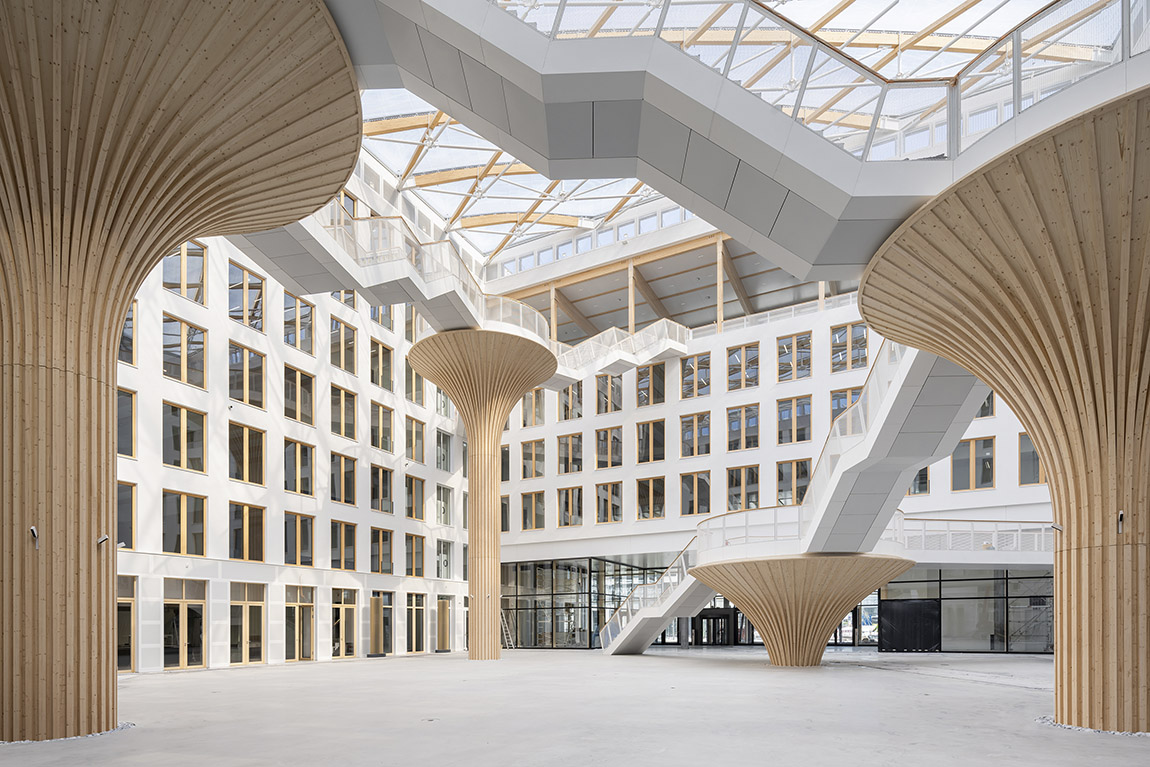
EDGE Suedkreuz Berlin by TCHOBAN VOSS Architekten Berlin, Germany. Photo: Ilya Ivanov
WAF and WAFX
The 420-strong WAF shortlist has been selected from hundreds of entries from over 50 countries, including Portugal, Malaysia, Finland, Mexico, Turkey, Australia, Japan, India and the UK. The shortlist celebrates the best new completed buildings and landscapes, ranging from rural and coastal villas to contemporary religious buildings, to the very latest healthcare buildings.
Projects from across the shortlist will be selected for Special Prizes. “We’ve got some old familiars this year, like Best Use of Colour, Best Use of Natural Light Prize, Best Use of Certified Timber Prize and an architectural engineering prize for creative collaborations with structural engineers,” says Finch, and 2022 will also see a project win the newly introduced International Building Beauty Prize. “The number and quality of entries this year has been very encouraging.”

180 Steeles by CORE Architects. Toronto, Canada. Photo: CORE Architects
The shortlist also includes Future Projects under the WAFX Awards, a programme celebrating 20 exemplary future projects which address major architectural issues facing society and the planet, ranging from tackling the climate emergency to building community resilience.
“Big challenges require big commitment and fresh thinking. These future projects show that architects across the world are responding to complex problems in imaginative ways – with the bonus of some design delight,” says Finch.
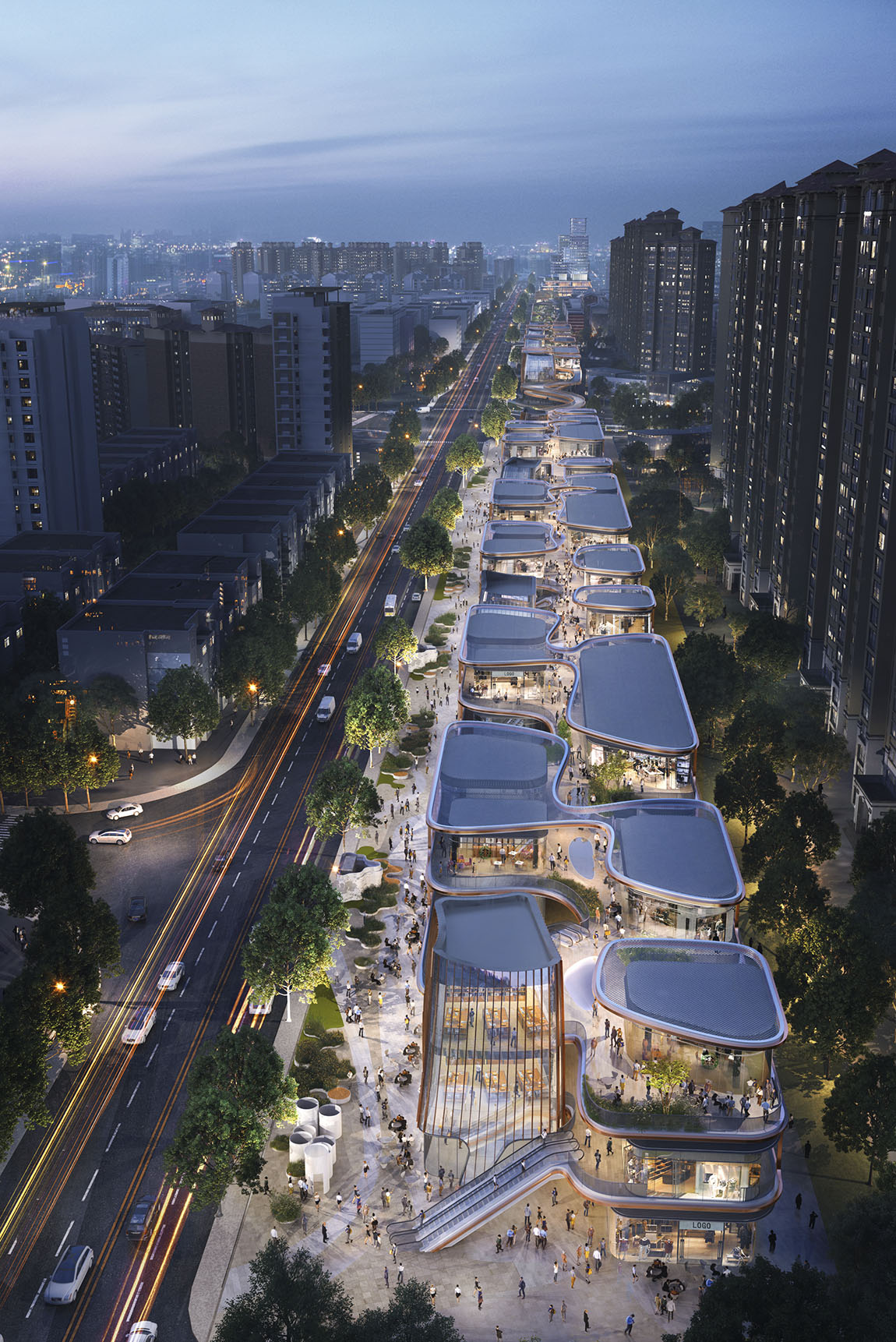
Chengdu Hyperlane by Aedas. Chengdu, China. Photo: Aedas
INSIDE
Meanwhile, INSIDE – the sister festival to WAF – presents the finest international examples of interior design. 2022’s shortlist reveals 65 interior projects from the interior-design firms shaping global trends in cities including Sydney, Hong Kong, Brooklyn, Mumbai, Istanbul, Milan, Beijing, Lisbon and London.
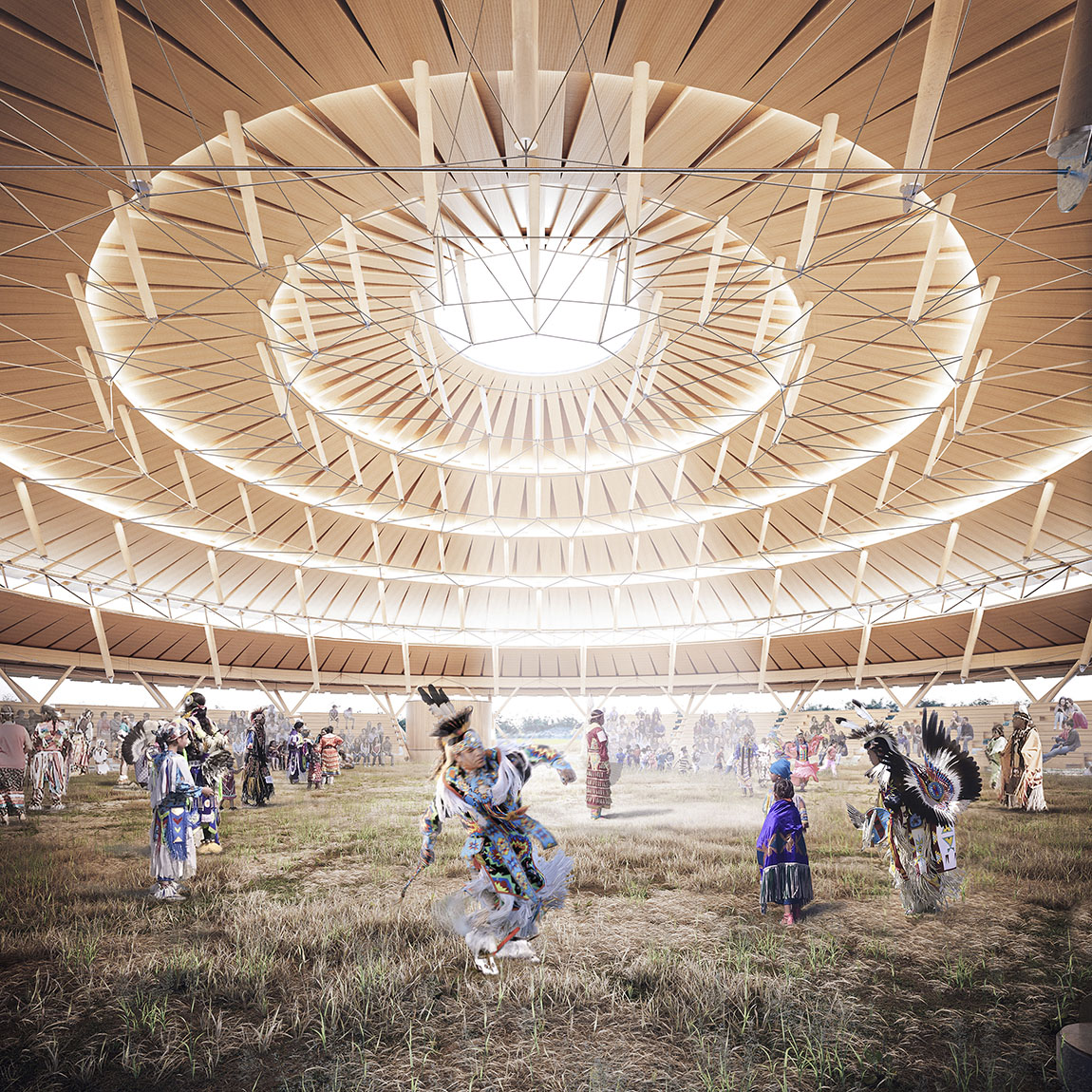
Muscowpetung Powwow Arbour by Oxbow Architecture Inc. & Richard Kroeke. Muscowpetung Saulteaux Nation, Saskatchewan, Canada. Photo: Oxbow RK
“We reviewed everything from the fabulous to the austere and found much to admire. Trends in this year’s entries ranged from the small to the large scale and included the increasing deployment of wood in both structural and decorative ways; the use of spiral staircases to improve circulation; insertion of nature, including the use of internal trees; and an increasing interest in the creative re-use of historic buildings, many of them industrial. Many projects focused on the flow of users in the interior space, with the use of lobbies, landings and stairs for social and learning engagement. This was accompanied by an interest in natural light, the blending of interior and external spaces, and the contrast between stylish design and furniture and raw construction materials evident in walls and ceilings.”
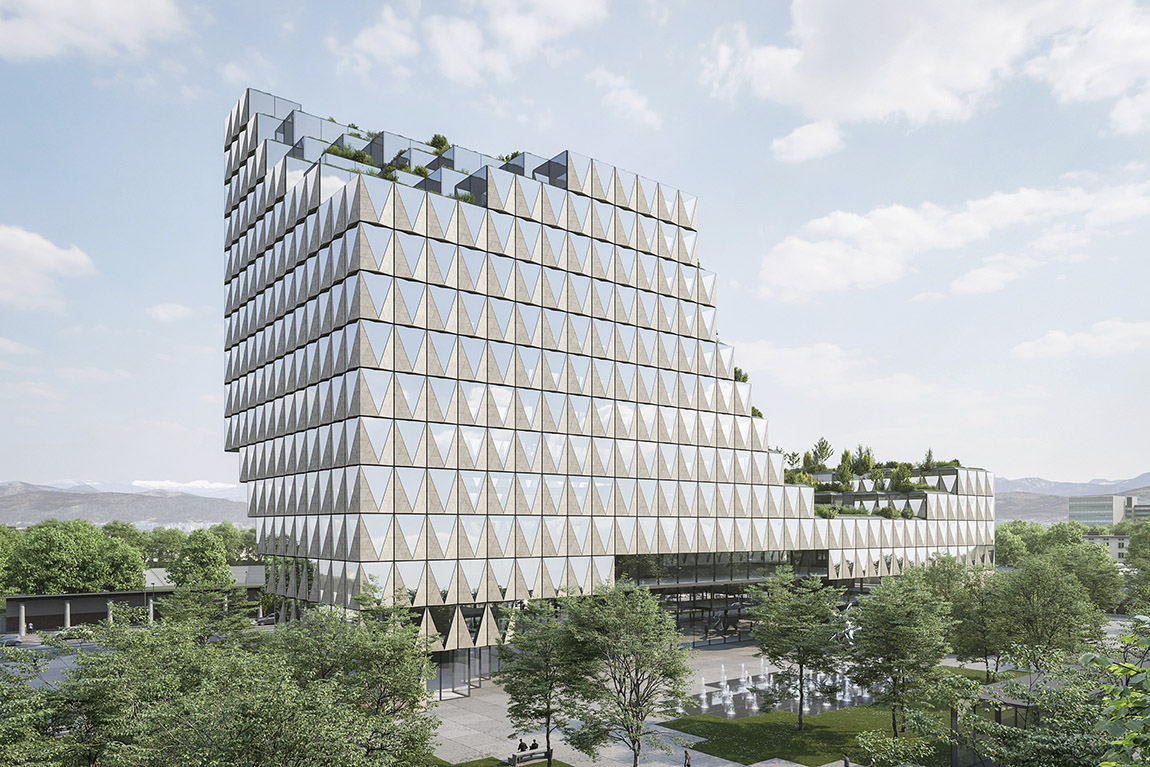
Petrol Corporate Building by ENOTA Ljubljana, Slovenia. Photo: Spacer
Live-judged awards and a collegiate atmosphere
At the heart of the festival is the world’s biggest live-judged architectural awards programme. Across WAF, WAFX and INSIDE, architects and designers compete for 42 category prizes, assessed by some 160 judges.
“We have 17 ‘Crit Rooms’ – as in criticism – one for each category, dotted around the edge of the exhibition hall, in which entrants present their projects. In each of those rooms, you have a three-person jury, plus 30 or so seats for delegates interested in the subject being presented,” explains Finch. “The presenters get ten minutes to present to the jury, then a nine-minute Q&A, before the changeover to the next presentation. It’s a very dynamic format: in between, you’ll get delegates moving around because they don’t want to see the second residential project in Crit Room 2, but they do want to see the school in Valparaiso, in Crit Room 7.”
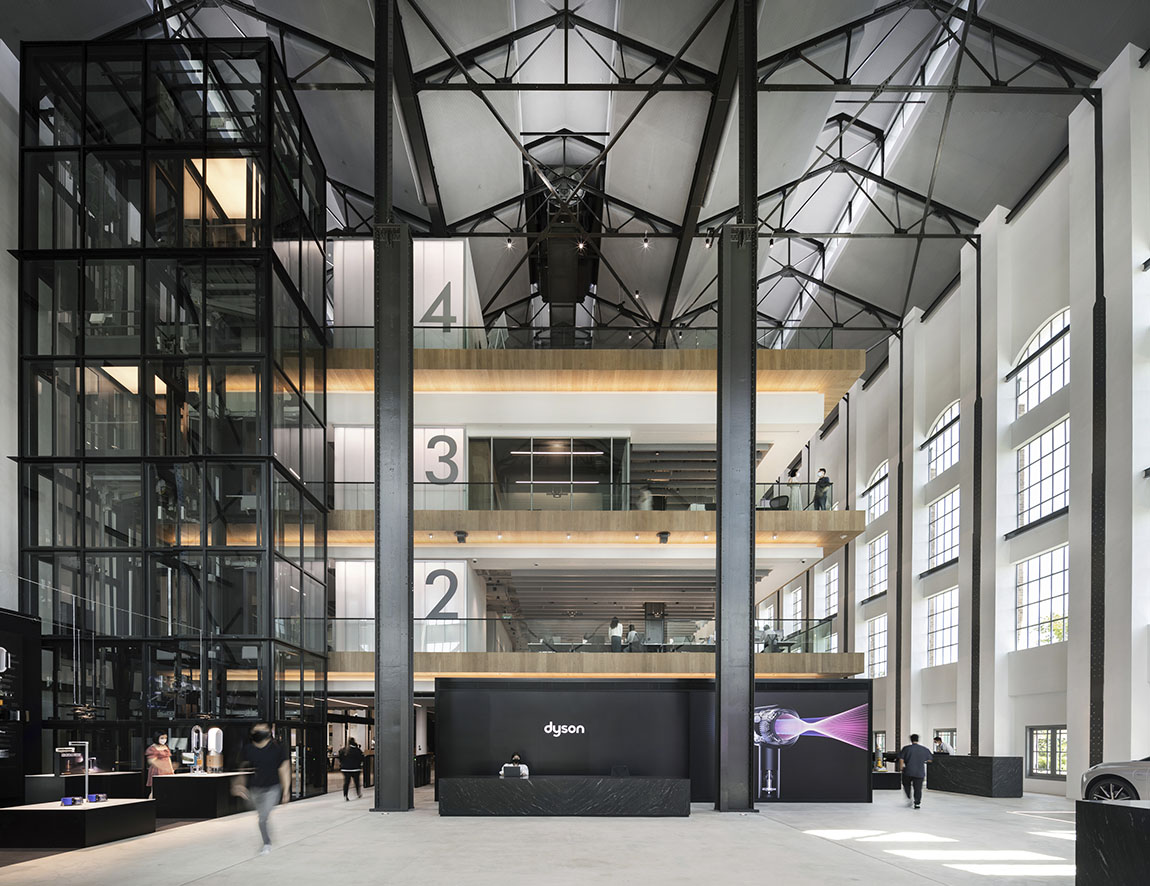
Dyson Global HQ, St James Power Station by M Moser Associates. Singapore, Singapore. Photo: Dyson
On the last day of the festival, category winners will compete against each other for the ultimate accolades of World Building of the Year and Landscape of the Year, as well as Future Project of the Year and Interior of the Year. These prizes are judged by ‘super jurors’ – major figures in contemporary architectural design. Finally, the four overall prizes and the special prizes, including a student award, are presented during the gala awards dinner.
WAF is the unrivalled, defining annual international event for architecture, offering valuable insight into global trends and connections with industry peers. “But the key thing is that it’s all live and all interactive,” says Finch. “It’s very rare for architects to see other architects presenting in this format. It’s not highly competitive as with pitching for a job. Pitching for prizes means that our event has a very friendly collegiate atmosphere.”
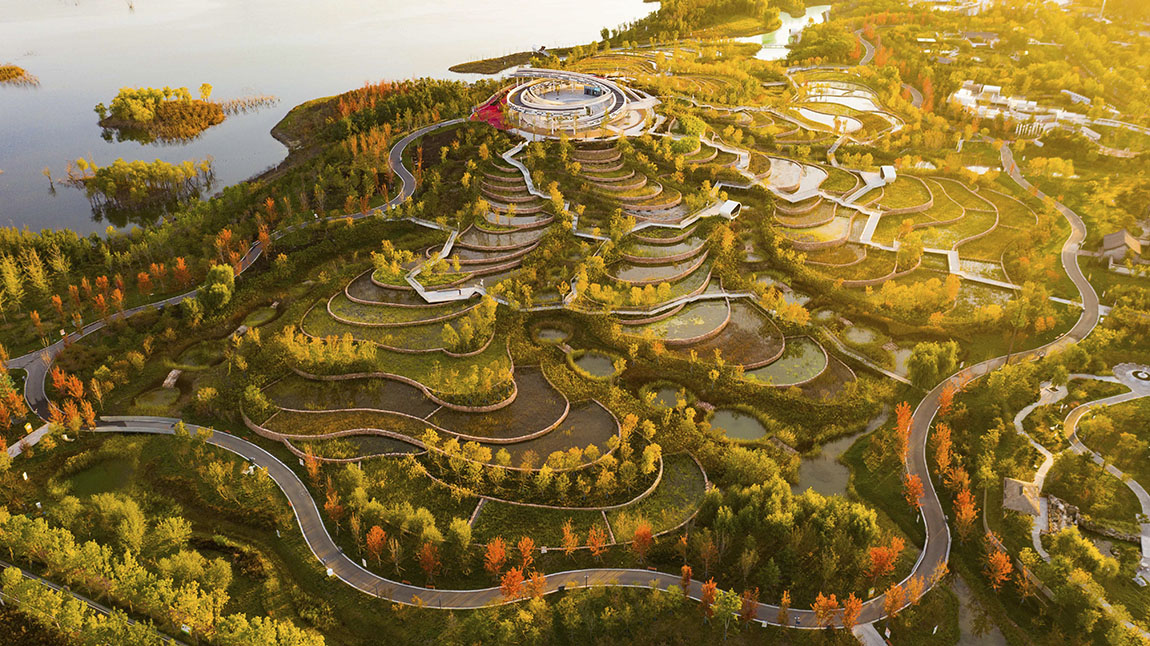
The Handan Wastewater Cleansing Terraces by Turenscape. Handan City, China.
“This is a three-day event that will remind the people there, the architects and designers, why they fell in love with the subjects in the first place. It’s not about construction, and it’s not about money. It’s about great architecture and great design and why that’s important.”
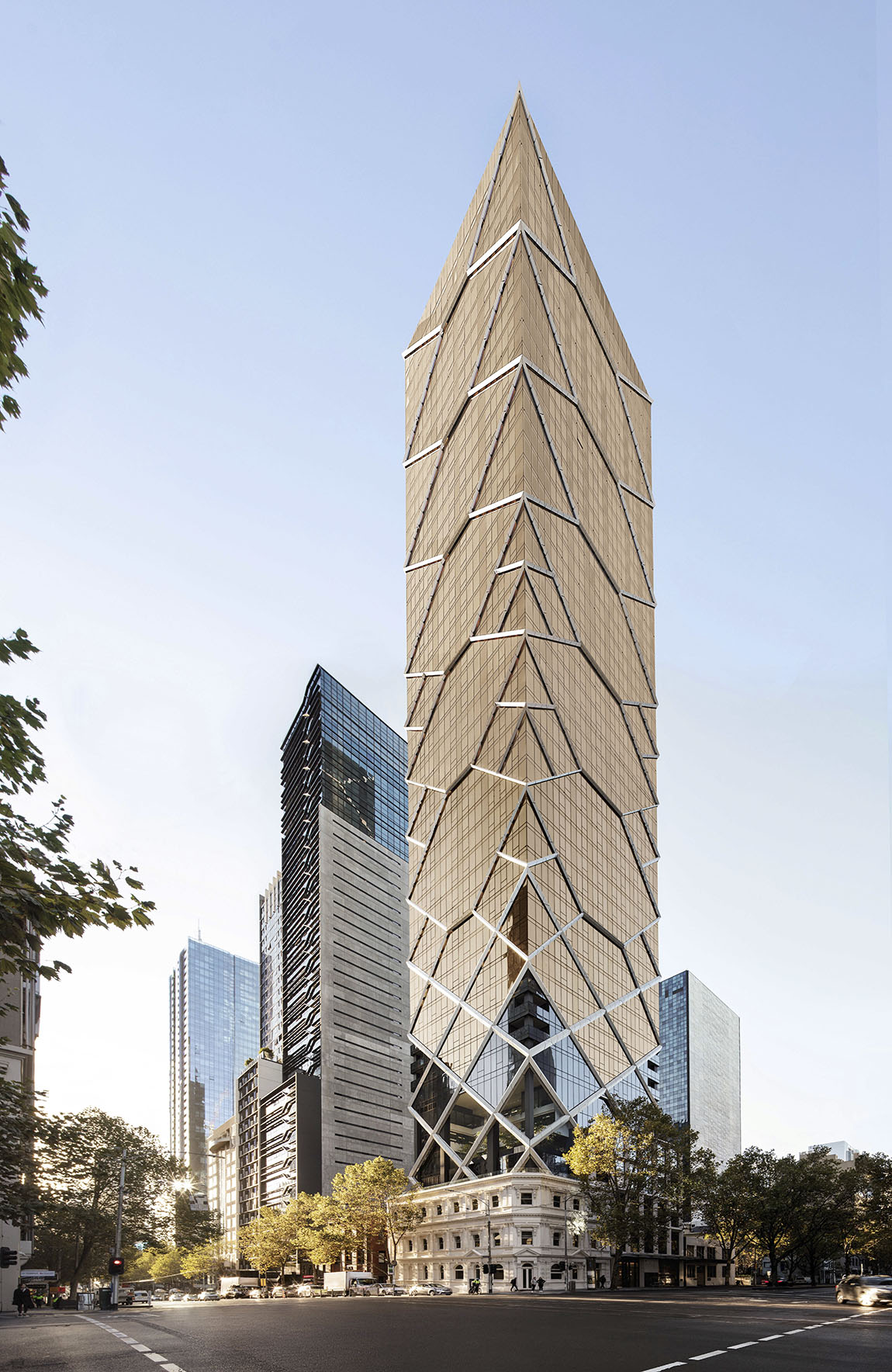
Paragon by Fender Katsalidis Melbourne, Australia. Photo: Willem Dirk du Toit
Web: www.worldarchitecturefestival.com Instagram: @worldarchfest Facebook: ArchitectureFestival
Subscribe to Our Newsletter
Receive our monthly newsletter by email


